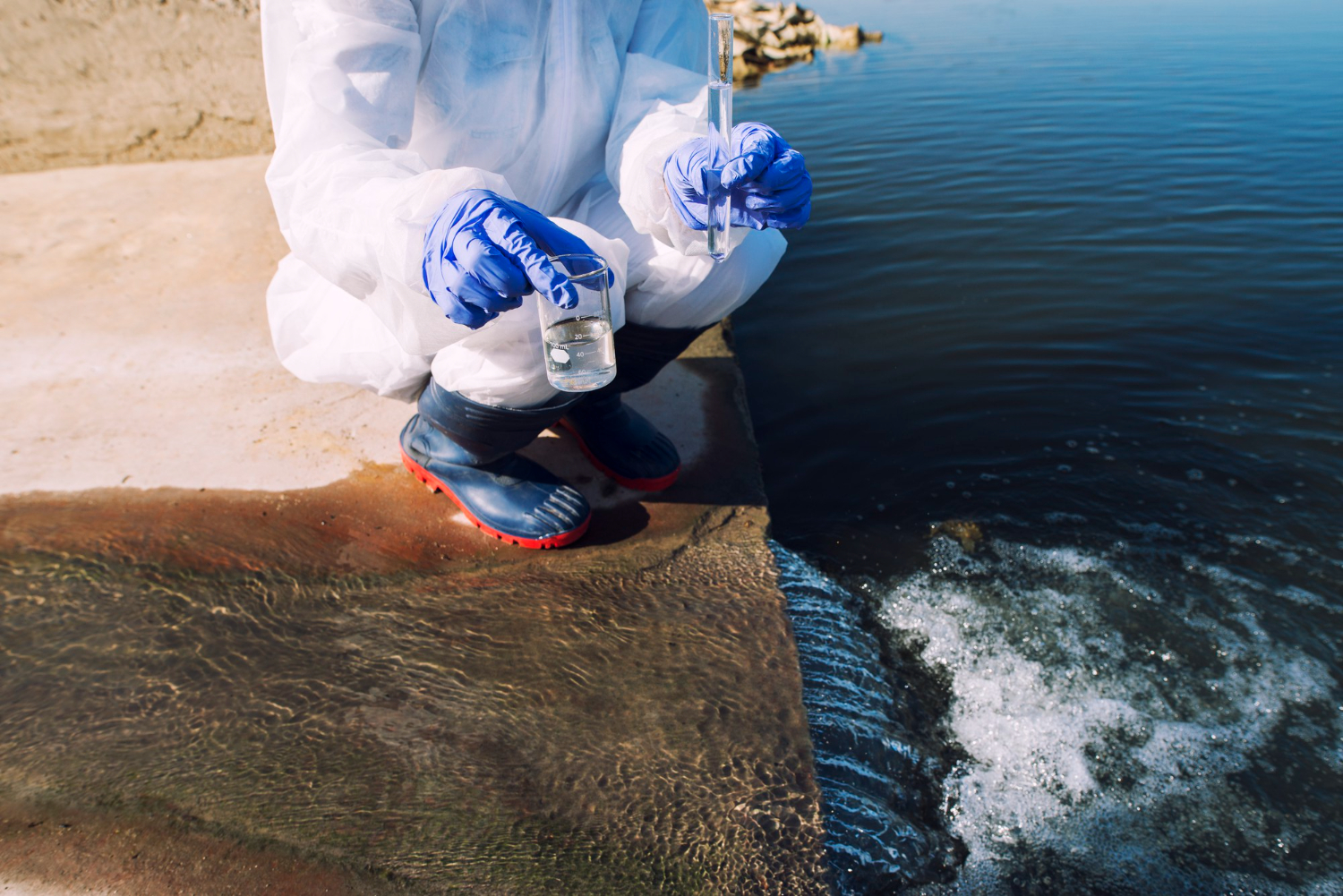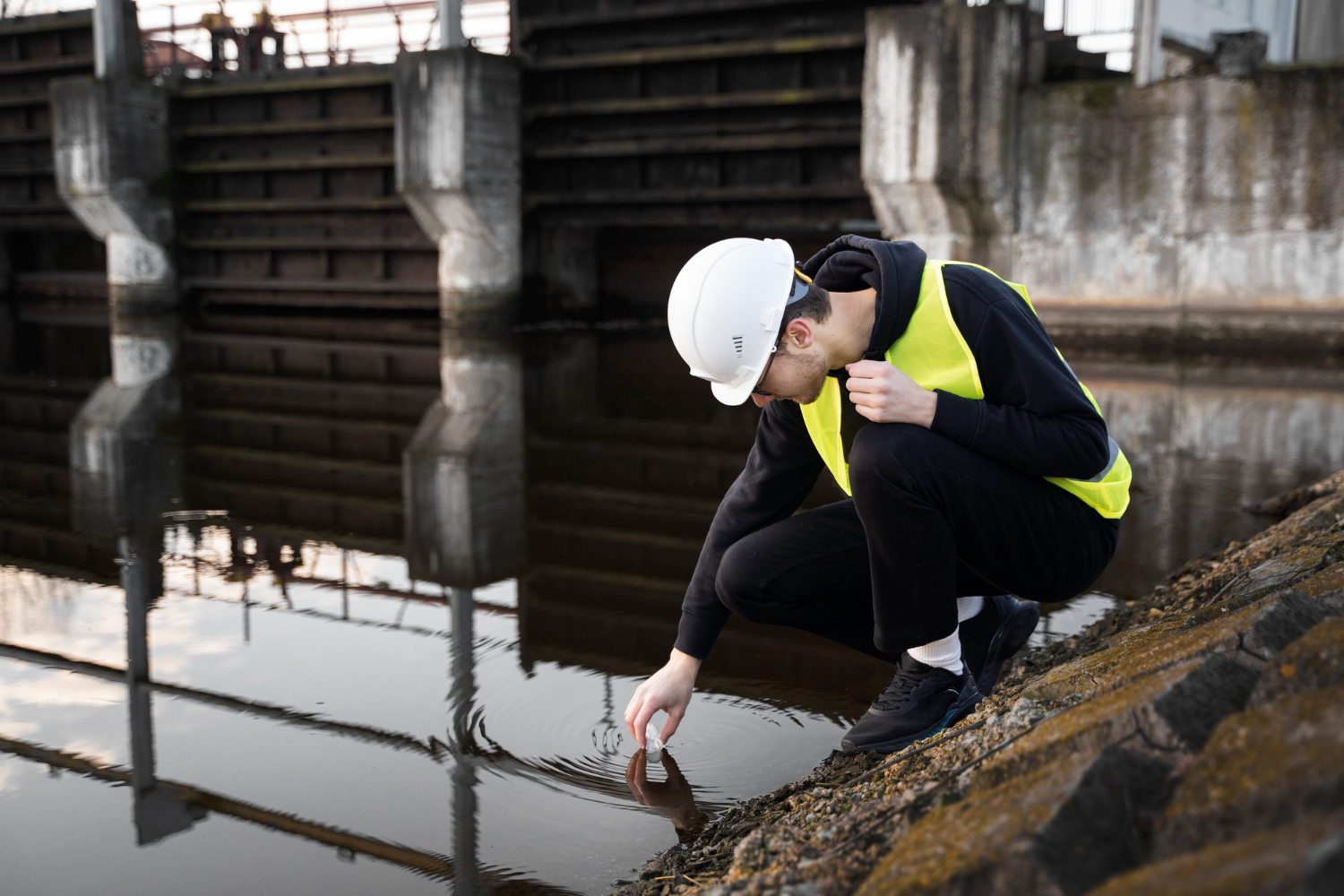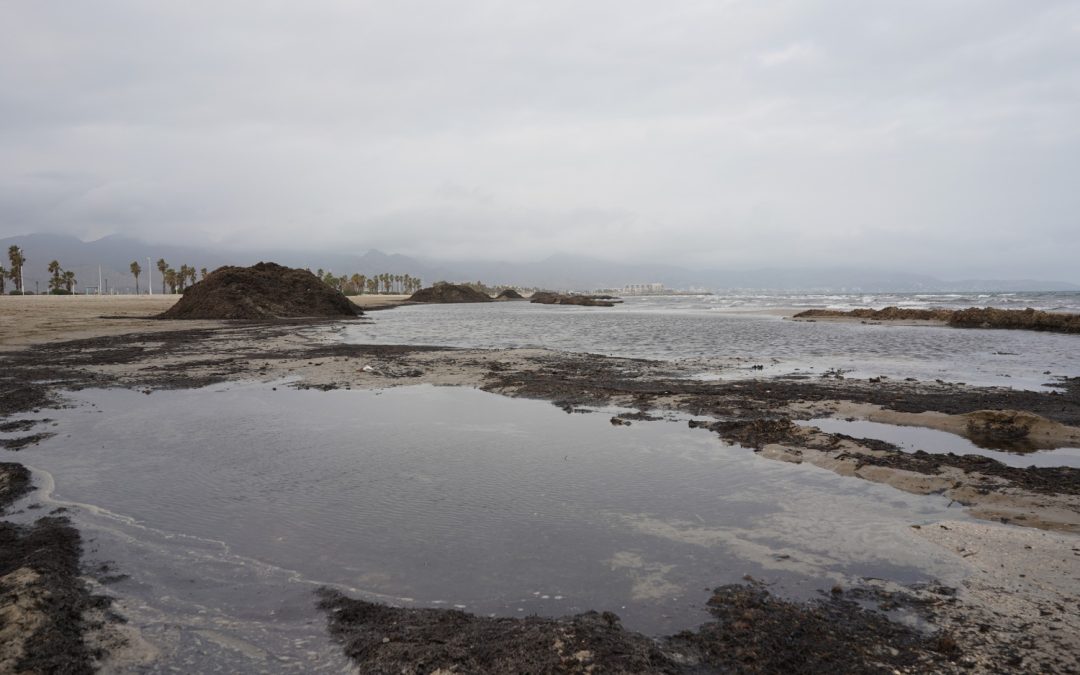Every factory spills wastewater. Whether it’s a food company, a clothing maker, or a metal workshop, water keeps dirt, grease and chemicals during production. Industrial effluent management filters this water before it flows back into nature.
If factories dump dirty water into rivers then it chokes fish, poisons drinking water and harm the environment. Governments lay down strict rules to keep water safe so businesses must clean up or face big fines.
In this article, you’ll learn what industrial wastewater is, how laws control it, smart ways to clean it and new ideas that help factories keep water safe.
What Is Industrial Effluent?
Industrial effluent is dirty water that comes from factories. It carries different types of waste, depending on what the factory makes. Some common pollutants clogging wastewater include:
- Heavy metals – Seep from batteries and metal factories.
- Oils and greases – Dribble from machines and cooking.
- Organic waste – Spills from food and drink factories.
- Toxic chemicals – Leach from medicine, fabric dye and cleaning product companies.
- Suspended solids – Float in water from paper mills and mining sites.
If industries don’t treat this wastewater then it blocks rivers, ruins soil and spoils drinking water.
Laws That Control Industrial Effluent
Every country lays out rules to stop industries from polluting water. These rules force businesses to clean wastewater before letting it go.
United States
The Environmental Protection Agency (EPA) watches over the Clean Water Act and punishes factories that spill toxic wastewater.
European Union
The EU Water Framework Directive demands that industries filter wastewater before releasing it.
India
The Central Pollution Control Board (CPCB) orders factories to purify wastewater before draining it into rivers.
China
The Ministry of Ecology and Environment (MEE) pushes factories to cut pollution and save water.
Factories that ignore these laws have to pay huge fines, shutdowns or worse. But industrial effluent management isn’t just about avoiding trouble as it shields nature and saves money
Smart Ways to Manage Industrial Wastewater

Cleaning wastewater the right way keeps businesses running smoothly and stops pollution. Here are simple but powerful steps industries should take.
1. Cut Waste at the Source
Factories can choke off waste before it even reaches the water by:
- Adjusting production steps to reduce waste.
- Using raw materials wisely to cut down pollution.
- Reusing water instead of dumping it.
2. Remove Big Waste First
Factories need to clear out large waste before digging into deeper cleaning. Some first-step methods include:
- Screens – Snag plastic, paper, and debris.
- Oil-water separators – Remove greasy liquids.
- Settling tanks – Sink heavy dirt to the bottom.
3. Use Helpful Microbes to Break Down Waste
For factories with messy organic waste, microbes step in. These tiny living things release harmful substances and leave behind cleaner water. Some useful methods include:
- Activated sludge systems – Bacteria eat waste in bubbling tanks.
- Moving Bed Biofilm Reactors (MBBR) – Helpful microbes cling to floating plastic pieces.
- Membrane Bioreactors (MBR) – Mix microbes with fine filters to polish water.
4. Remove Hidden Toxins with Chemicals
Some unwanted substances stick to water and need chemicals to pull them out. Factories use:
- Flocculation and Coagulation – Clump together tiny waste bits.
- Electrocoagulation – Use electricity to remove pollutants.
- pH Neutralisation – Balance out acidic or alkaline wastewater to stop it from harming the environment.
5. Filter Everything for Extra Clean Water
After the big and small waste gets stripped away, filtration helps fine-tune the water. Some powerful filtration methods include:
- Ultrafiltration membranes – Trap bacteria and tiny particles.
- Reverse osmosis (RO) – Push water through a tight filter to remove salt and toxins.
- Ion exchange – Swap out bad chemicals for good ones.
At this stage, industrial wastewater treatment plays a vital role in removing the last traces of harmful substances. This ensures the final water released meets environmental standards and does not threaten natural ecosystems.
6. Dry Out Leftover Sludge
When factories clean water, thick sludge piles up. Handling this properly makes it easier to dump. Some sludge treatments include:
- Dewatering presses – Squeeze out extra water.
- Centrifuges – Spin sludge super fast to whirl out liquids.
- Rotary presses – Press thick, muddy waste into solid cakes.
7. Watch and Adjust in Real Time
Industries must keep an eye on wastewater every minute to stay within limits. Smart monitoring systems track:
- pH levels
- Chemical levels
- Oxygen demand
- Heavy metals
By checking wastewater all the time, factories can fix problems before they explode.
Innovative Solutions in Effluent Management

Industries embrace new technology to treat wastewater better and waste less water. Industrial effluent management continues to evolve with modern solutions such as:
Electrocoagulation and Oxidation
Electricity drags out bad chemicals, and oxidation shatters stubborn waste. These methods work wonders for factories that churn out chemical-heavy wastewater.
Zero Liquid Discharge (ZLD) Systems
ZLD rescues every last drop of water by treating and reusing it. This method slashes waste to zero and stops water shortages.
Super-Fine Nano Filters
Nanotechnology sharpens filtration by snatching even the tiniest waste bits. These filters last longer and polish water better than older methods.
Helpful Microbes and Enzymes
Factories use special microbes and plant-based enzymes to chew through harmful chemicals. This method packs a punch for the food and drink industries.
Smart Water Control Systems
Sensors and smart devices sniff out problems in wastewater treatment. These tools speed up cleaning and trim costs.
Conclusion
Cleaning industrial wastewater isn’t just about obeying laws—it safeguards nature, saves money, and keeps businesses running smoothly. Industrial effluent management ensures wastewater is properly treated before it returns to the environment.
By following smart steps like cutting waste, filtering water, using microbes, and drying sludge, factories can scrub wastewater properly. New technologies like electric cleaning, ZLD, and smart monitoring reinvent wastewater treatment for a cleaner future.
When companies handle wastewater the right way, rivers stay fresh, animals thrive, and people stay safe. Every drop of treated water makes a difference—let’s clean it right!
